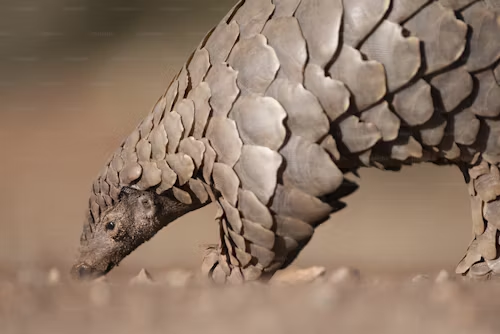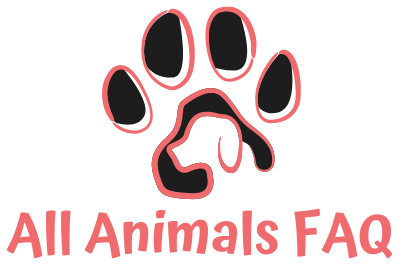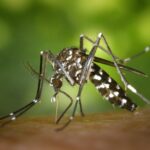In a world where biodiversity is crucial for ecological balance, the alarming rate of species extinction is a pressing concern. Many species are on the brink of disappearing forever due to habitat loss, poaching, climate change, and pollution. This article explores ten of the most endangered species worldwide and provides actionable steps you can take to help protect them.
1. Amur Leopard (Panthera pardus orientalis)

Status: Critically Endangered
The Amur leopard, native to the Russian Far East and northeast China, is one of the rarest big cats in the world. With fewer than 100 individuals left in the wild, this solitary feline faces threats from habitat destruction and poaching.
How to Help:
- Support Conservation Organizations: Donate to organizations working to protect the Amur leopard and its habitat.
- Raise Awareness: Share information about the Amur leopard on social media to increase public knowledge.
2. Javan Rhinoceros (Rhinoceros sondaicus)

Status: Critically Endangered
The Javan rhinoceros is the most threatened of the five rhinoceros species, with only around 80 individuals left, all located in Ujung Kulon National Park in Indonesia. Habitat loss and poaching for their horns are the primary threats.
How to Help:
- Adopt a Rhino: Some organizations offer adoption programs where your contributions directly support rhino conservation efforts.
- Participate in Fundraising Events: Join or organize events that raise funds for rhino protection.
3. Sumatra Orangutan (Pongo abelii)

Status: Critically Endangered
Native to the island of Sumatra, this species is facing drastic population declines due to deforestation and illegal wildlife trade. Approximately 14,000 Sumatra orangutans remain in the wild.
How to Help:
- Choose Sustainable Products: Support brands that prioritize sustainable palm oil to reduce deforestation.
- Volunteer: Participate in local or international conservation projects focused on orangutan rehabilitation.
4. Vaquita (Phocoena sinus)

Status: Critically Endangered
The vaquita is a small porpoise found only in the northern part of the Gulf of California, Mexico. With fewer than 30 individuals left, the main threat is entanglement in illegal fishing nets.
How to Help:
- Support Legal Action: Advocate for stricter fishing regulations in vaquita habitats.
- Raise Awareness: Use your voice to educate others about the plight of the vaquita through social media or community talks.
5. African Wild Dog (Lycaon pictus)

Status: Endangered
With populations dwindling due to habitat loss and conflict with humans, the African wild dog is one of the most endangered carnivores in Africa. Approximately 6,000 individuals remain.
How to Help:
- Participate in Ecotourism: Visit national parks that support wild dog conservation to contribute to local economies.
- Support Wildlife Corridors: Advocate for the establishment of wildlife corridors that allow safe passage for these animals.
6. Snow Leopard (Panthera uncia)

Status: Vulnerable
Snow leopards inhabit the mountain ranges of Central and South Asia, and their populations are threatened by poaching, habitat loss, and retaliatory killings by herders. There are an estimated 4,000 to 6,500 left in the wild.
How to Help:
- Support Conservation Programs: Donate to organizations focused on snow leopard conservation.
- Educate Local Communities: Participate in programs that teach herders about coexistence with snow leopards to reduce human-wildlife conflict.
7. Hawksbill Turtle (Eretmochelys imbricata)

Status: Critically Endangered
The hawksbill turtle is vital for maintaining the health of coral reefs, but its population is threatened by illegal trade in its shell, habitat loss, and climate change.
How to Help:
- Participate in Beach Cleanups: Join local initiatives to clean up beaches and reduce pollution.
- Reduce Plastic Use: Minimize plastic usage to help protect marine habitats.
8. Pangolin

Status: Critically Endangered
Pangolins are the most trafficked mammals in the world, hunted for their scales and meat. All eight species are threatened, with populations in decline.
How to Help:
- Report Illegal Trade: Be vigilant and report any illegal wildlife trade to authorities.
- Spread Awareness: Educate friends and family about the threats facing pangolins.
9. Northern White Rhinoceros (Ceratotherium simum cottoni)

Status: Critically Endangered
With only two remaining individuals, the northern white rhinoceros is functionally extinct. The primary threats were poaching and habitat loss.
How to Help:
- Support Biotechnology Research: Fund research efforts aimed at artificial reproduction methods to save the species.
- Advocate for Anti-Poaching Laws: Support policies that strengthen anti-poaching measures.
10. California Condor (Gymnogyps californianus)

Status: Critically Endangered
Once nearly extinct, conservation efforts have increased the California condor population to about 500 individuals. Threats include lead poisoning and habitat destruction.
How to Help:
- Participate in Birdwatching Events: Join local birdwatching groups to contribute to citizen science projects.
- Support Lead-Free Ammunition: Advocate for the use of non-lead ammunition to reduce lead poisoning in wildlife.
Conclusion
The plight of endangered species is a critical issue that requires collective action. By raising awareness, supporting conservation efforts, and making conscious choices, we can all contribute to the protection of these remarkable animals. Whether through donations, volunteering, or simply spreading the word, every effort counts in the fight against extinction. Together, we can ensure a more sustainable future for our planet’s biodiversity.



